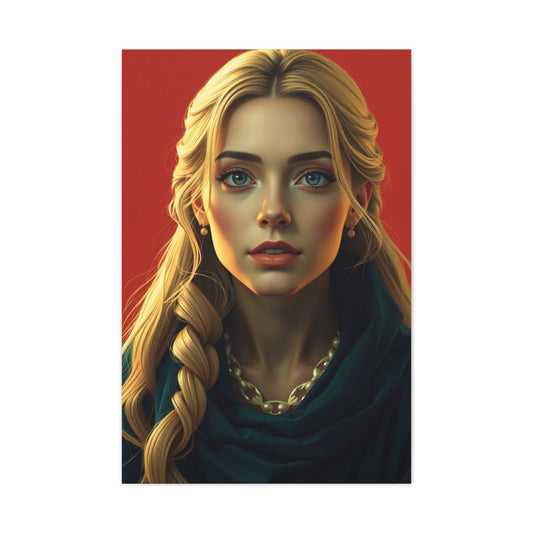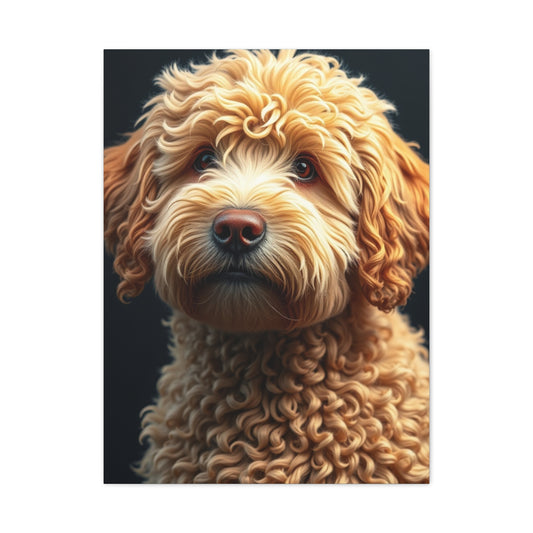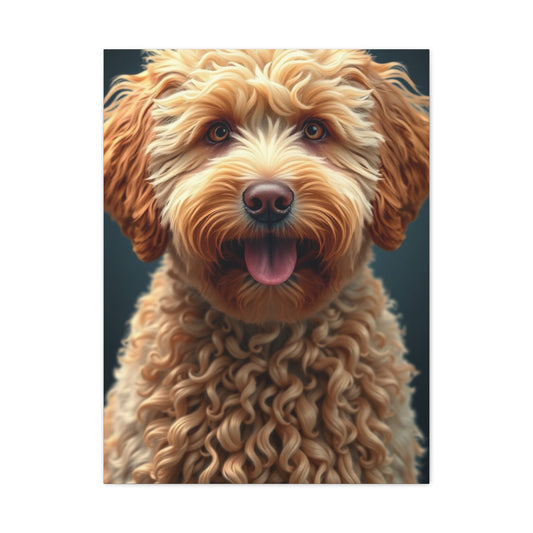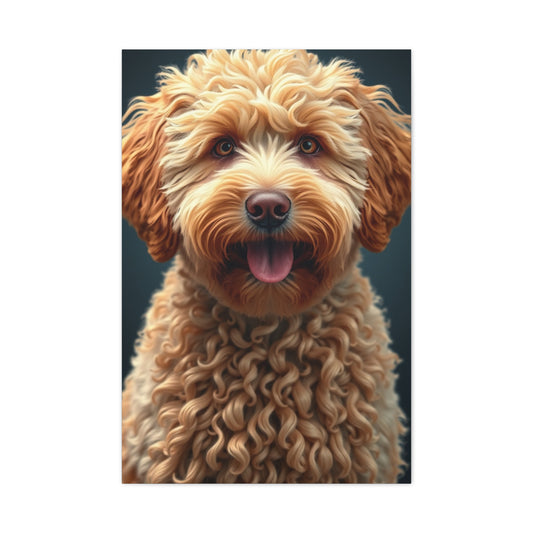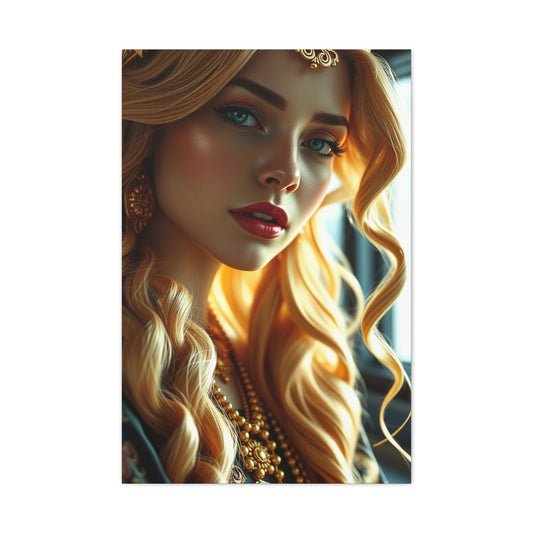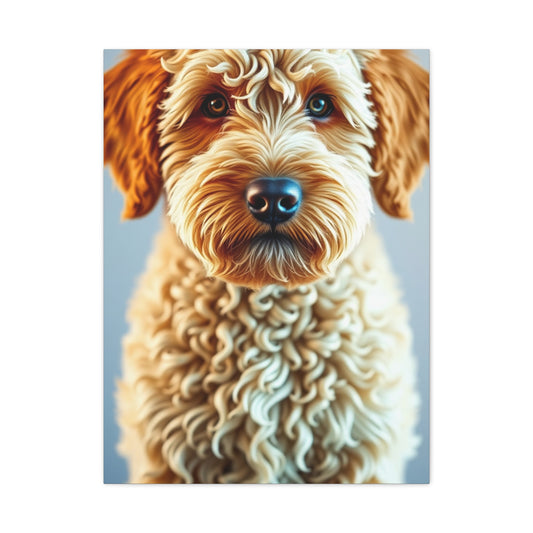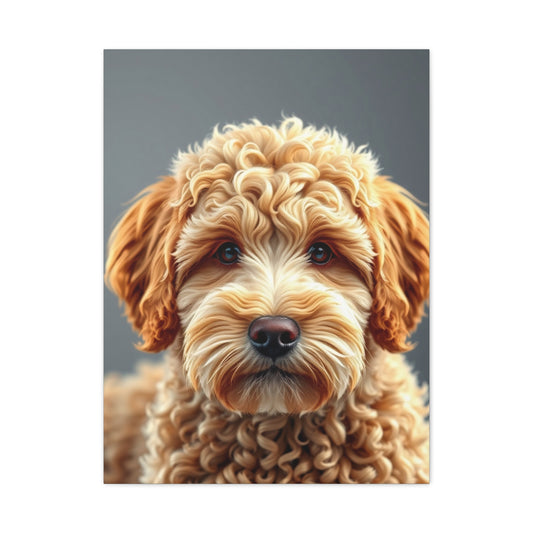When it comes to creating personalized photo books, Mixbook and Shutterfly are two of the most popular services available. Both platforms have built a reputation for offering a wide range of options and features for customers, but the question remains: which one truly stands out in the crowded world of photo book services? In this in-depth comparison, we’ll break down the distinct offerings of each company, focusing on what sets them apart, to help you determine which service is the best fit for your photo book needs.
Why Mixbook is Our Top Choice
After evaluating various factors such as ease of use, customization options, and overall value, Mixbook emerges as our top pick, albeit narrowly, over Shutterfly. While both services excel at producing high-quality photo books and personalized products, Mixbook stands out for its ease of navigation, user-friendly interface, and flexibility in customizing photo books to your exact specifications. Although Shutterfly is a solid and reputable choice, Mixbook offers an experience that is smoother and more intuitive, making it our go-to option for creating customized photo books.
Our Recommendation: Mixbook Photo Books
When it comes to creating customized photo books, Mixbook is an exceptional choice. It provides an unparalleled user experience, making it easy for users to design photo books of all types, from wedding albums to family scrapbooks and travel diaries. The platform shines through its extensive customization options, seamless interface, and affordability, offering significant value for those looking to create a personalized photo book without breaking the bank.
One of the main reasons we recommend Mixbook is its high degree of flexibility in customization. Whether you are looking to create a timeless wedding photo book or a vibrant travel album, Mixbook offers a wide selection of templates, layouts, backgrounds, and fonts, allowing you to design your photo book exactly how you envision it. The design process is not only enjoyable but also simple, as the platform’s user-friendly drag-and-drop system makes adding photos and text a breeze. This ease of use is particularly beneficial for those who might be new to creating photo books and want to avoid complicated or frustrating technical steps.
|
Related Catagories: |
Mixbook’s interface is one of its standout features. It is both intuitive and well-organized, which means users don’t have to waste time searching for tools or figuring out how to navigate the platform. Whether you are designing a photo book from scratch or modifying one of the pre-designed templates, everything is clearly laid out, ensuring that your creative process flows smoothly. Mixbook allows users to focus on the fun part of creating a photo book—selecting photos and customizing pages—while minimizing the time spent on technical tasks like adjusting photo layouts or troubleshooting formatting issues.
In addition to its intuitive design tools, Mixbook offers exceptional print quality. The finished product is always polished and professionally crafted, with sharp, vibrant images and sturdy binding. Whether you are ordering a softcover photo book or a deluxe hardcover, Mixbook delivers high-quality photo books that can serve as cherished keepsakes for years to come. Mixbook’s affordable pricing further solidifies its status as the best value for money, as customers receive top-tier photo books at a reasonable price point. For those who want to get the best deal without compromising on quality, Mixbook is the clear winner.
Shutterfly: A Strong Alternative for Personalized Products
While Mixbook is our top recommendation for photo books, Shutterfly is also a formidable alternative, particularly for those who are looking for a broader range of personalized products. Shutterfly is a well-known brand in the world of photo personalization, offering a vast array of options for users who want to create more than just photo books. In addition to customizable photo books, Shutterfly allows users to personalize a wide variety of products such as photo gifts, home decor, and accessories. Whether you're interested in designing photo calendars, posters, puzzles, blankets, or even metal prints, Shutterfly has something to offer for almost every occasion.
What sets Shutterfly apart is its extensive product catalog. If you are interested in creating a wide range of custom products to decorate your home or give as gifts, Shutterfly gives you more options than Mixbook. For example, Shutterfly allows you to print your photos on a variety of unique items such as pillows, t-shirts, mugs, photo blocks, and even photo-printed blankets. If you’re looking to build a comprehensive personalized collection of products, Shutterfly’s diverse selection makes it an appealing choice.
However, despite its expansive product range, Shutterfly does not necessarily offer the best experience when it comes to photo books. Although Shutterfly provides an adequate selection of templates and customization tools, it lacks the ease of use that Mixbook delivers. The design process on Shutterfly can be cumbersome and less intuitive, especially for those who are new to photo book creation. The platform’s interface tends to be less visually appealing, with a more cluttered layout that can make it difficult to find and use certain tools. As you add more photos and pages to your photo book, the design process can become more complicated and less enjoyable.
While Shutterfly does offer plenty of options in terms of templates, photo book sizes, and covers, the platform’s layout and design features fall short when compared to Mixbook’s more polished and streamlined experience. Therefore, while Shutterfly is an excellent option for those looking to personalize a wide range of products, it may not be the best choice if you are specifically focused on creating a high-quality, customizable photo book.
Why Mixbook Excels for Creating Photo Books
For anyone primarily interested in designing photo books, Mixbook is the standout choice, and here’s why. First, Mixbook offers an intuitive and seamless design experience. From the moment you start your project, the platform’s clean interface allows for easy navigation through each step of the creation process. Whether you are uploading photos, selecting templates, or tweaking the layout, Mixbook makes it easy to achieve a professional-looking photo book without requiring advanced design skills.
Mixbook also provides extensive customization options. The platform offers a wide variety of templates to choose from, with different themes such as family, travel, weddings, holidays, and more. Each template is fully customizable, meaning you can change the color scheme, layout, and fonts to match your style. In addition to the pre-designed templates, Mixbook allows users to start from scratch and design their photo book entirely from the ground up, giving them the ultimate freedom to express their creativity.
Another major advantage of Mixbook is its high-quality printing and binding options. Whether you choose a softcover or hardcover, your photo book will be printed with the utmost attention to detail. The photo quality is top-notch, with vibrant colors and crisp images, ensuring that your memories are captured beautifully in your book. Mixbook also offers a range of paper options, from semi-gloss to premium matte lay-flat pages, allowing you to tailor your photo book to your exact preferences.
In addition to its design flexibility, Mixbook excels in customer service, providing an easy-to-reach support team in case any issues arise during the creation process. Whether you need help with a technical question or require assistance with your order, Mixbook’s support staff is friendly and knowledgeable, ensuring a smooth experience from start to finish.
Price Consideration: Affordability Meets Quality
Mixbook offers excellent value for money, with affordable prices for high-quality photo books. Starting prices for a standard photo book with gloss pages are competitive, and the cost remains reasonable even as you choose larger sizes or premium options. The pricing structure is transparent, and there are no hidden fees or surprise costs when selecting different paper types or cover options. Additionally, Mixbook often runs promotions, discounts, and sales, making it even more budget-friendly. For customers looking to create a beautiful photo book without breaking the bank, Mixbook offers the best combination of quality, customization, and affordability.
On the other hand, Shutterfly’s pricing tends to escalate quickly. While their starting prices may be similar to Mixbook’s, adding premium features such as leather covers, high-end paper types, or larger sizes often results in substantial price increases. Shipping costs can also add up, making Shutterfly a less affordable choice compared to Mixbook, especially if you are on a tight budget.
A Deep Dive into the Offerings of Mixbook and Shutterfly: Which One Reigns Supreme?
Both Mixbook and Shutterfly have established themselves as two of the most popular platforms for creating personalized photo books, but they each bring unique strengths to the table in terms of products, customization options, and the overall user experience. Whether you’re a photo enthusiast looking to create a custom album, a personalized gift, or decor for your home, both platforms have a lot to offer. However, when deciding which one stands out the most, it’s important to take a closer look at the breadth of their offerings and how they each cater to different needs.
Mixbook’s Comprehensive Range of Customizable Products
Mixbook is widely recognized for its exceptional photo books, but its offerings extend far beyond just that. If you’re looking to create a memorable gift, send personalized greetings, or adorn your home with cherished memories, Mixbook has an extensive range of customizable products that cater to all of your needs. The platform specializes in high-quality photo books but also provides other personalized products, including greeting cards, invitations, calendars, and home decor items such as framed posters and canvas prints. These products are ideal for users who want to infuse their family memories or special moments into the fabric of their everyday lives.
For those with a knack for giving thoughtful and unique gifts, Mixbook offers excellent options for customization. Whether you’re creating a personalized calendar with your favorite family photos or designing custom greeting cards for special occasions like birthdays or holidays, Mixbook offers an array of design templates that are easy to personalize with your images and text. The ease with which you can create these items, combined with the affordability and high-quality results, makes Mixbook an ideal option for those looking to create a lasting impression with personalized gifts or decor.
Home decor is another area where Mixbook excels. They offer personalized canvas prints and framed posters, which allow users to bring their favorite images to life in their homes. Whether you want to display a stunning vacation photo or create a family gallery wall, Mixbook’s photo prints provide both quality and versatility. Additionally, with their competitive pricing structure, Mixbook ensures that creating personalized decor doesn’t break the bank, giving customers the ability to transform their living spaces with custom designs.
The focus of Mixbook on high-quality, affordable customization, combined with its ease of use, makes it a great platform for a variety of products beyond photo books. Whether you're ordering a calendar as a gift, designing a greeting card for a special occasion, or creating a beautiful piece of art for your home, Mixbook offers a seamless and rewarding experience.
Shutterfly’s Extensive Selection of Personalized Products
On the other hand, Shutterfly takes personalization to another level with its massive variety of products. In addition to photo books, Shutterfly offers a truly expansive collection of personalized photo items, ranging from everyday items to unique home decor pieces. For users seeking a comprehensive solution for creating personalized gifts and home accessories, Shutterfly is an excellent choice.
Shutterfly’s product catalog includes some of the more unconventional items, such as personalized puzzles, photo-printed blankets, towels, and even picnic blankets. These options are perfect for customers looking to infuse their photos into practical and fun items that can be used in everyday life. Personalized puzzles, for example, make great gifts for children and adults alike, offering a fun and interactive way to relive cherished memories. Similarly, photo-printed blankets and towels serve as unique, practical items that combine style and functionality, making them ideal for gifts or for adding a personal touch to your own home.
Moreover, Shutterfly allows users to personalize a broad selection of other home decor items, including canvas prints, framed prints, metal prints, and more. With the ability to turn family photos, vacation shots, or special event moments into custom decor pieces, Shutterfly offers users the ability to create memorable art for any room in their home. Their high-quality prints and robust selection of materials—whether it’s traditional canvas or the sleek look of a metal print—ensure that your photos are displayed in style.
One of the most notable aspects of Shutterfly’s offering is its variety. Unlike Mixbook, which focuses primarily on photo books, Shutterfly’s platform allows users to transform their photos into practically any type of personalized product imaginable. Whether you’re looking for a unique wedding gift, a personalized calendar, or even a custom photo mug, Shutterfly gives you the freedom to express your creativity in virtually every area of life. This expansive selection is one of the primary reasons why Shutterfly appeals to customers who are looking for more than just a photo book—especially those who enjoy gifting and home customization.
However, with such a broad product range, it can sometimes be overwhelming to navigate Shutterfly’s website. The sheer number of options can make it harder to focus on one specific project, and if photo books are your primary focus, you might find that the design process on Shutterfly is not as user-friendly or intuitive as Mixbook’s. Despite this, if you value variety and wish to create an array of personalized products, Shutterfly certainly has a distinct advantage.
Focusing on Photo Books: What Makes Each Platform Stand Out?
Although both Mixbook and Shutterfly excel in a range of personalized products, when it comes to creating photo books specifically, there are several notable differences between the two platforms. Both services provide customers with a range of customization options, allowing users to personalize their photo books to their liking. However, the experience and results vary depending on your preferences.
|
Related Catagories: |
Template Selection and Customization: Mixbook’s template collection is extensive, offering hundreds of layouts in categories like family, travel, and holidays. Mixbook’s templates are known for their sophisticated design and high-quality graphics, giving customers access to an impressive selection of professionally designed options. While there is a wealth of templates to choose from, the platform still maintains a balance by offering customization flexibility, so users can change colors, fonts, and layouts to match their style. Shutterfly also offers a range of templates, though their selection is more focused on fun and vibrant designs that may appeal more to younger audiences or those looking for a more playful aesthetic. Shutterfly’s templates, while still versatile, may not have the same polished, elegant feel that Mixbook’s designs offer.
User Experience: In terms of the design process, Mixbook’s platform stands out with its intuitive, easy-to-navigate interface. The drag-and-drop functionality makes adding photos, adjusting layouts, and customizing pages a breeze. Users can quickly familiarize themselves with the platform, ensuring a smooth and enjoyable design experience. On the other hand, Shutterfly’s interface, while functional, can feel somewhat clunky and less intuitive. Users may find that the design process becomes more complicated as they progress through the stages of creating their photo book. The layout options are not as flexible or easily customizable as Mixbook’s, which could lead to a more frustrating experience for some users.
Printing and Quality: Both Mixbook and Shutterfly offer exceptional print quality, with sharp images, vibrant colors, and well-bound books. However, Mixbook’s printing process is known for its superior consistency in color reproduction and image clarity. The premium matte and lay-flat page options available on Mixbook ensure that your photo book will have a high-end finish. While Shutterfly also delivers quality prints, the range of options for customizing pages and paper types is more extensive on Mixbook, giving users more control over the look and feel of their photo book.
Evaluating the Photo Book Experience: Mixbook vs. Shutterfly in Creative Design
When exploring the best platform for crafting custom photo books, both Mixbook and Shutterfly emerge as powerful contenders. Each offers a suite of creative tools and pre-designed templates aimed at helping users capture their memories in personalized, visually stunning formats. However, when dissecting the intricacies of these platforms, some notable differences in experience, design capabilities, and ease of use become clear.
Mixbook’s photo book creation process is designed for flexibility, enabling even novice users to construct intricate and beautiful albums. The emphasis is on freedom of expression, with the platform offering immense control over photo placement, text integration, and background selection. Shutterfly, by contrast, leans more toward simplicity and guided layouts, which may appeal to users who prefer convenience over deep customization. While both platforms cater to memory preservation, their approach to achieving a visually satisfying outcome differs in subtle but significant ways.
In this section, we’ll break down and compare the key aspects that influence the photo book creation journey: from the variety and aesthetic of available templates to user interface functionality, customization depth, editing tools, and final print options. Understanding these distinctions can help you decide which service aligns more with your creative vision and design sensibilities.
Template Libraries: Design Diversity and Creative Expression
Template variety is one of the first things users encounter when starting a new photo book project. In this regard, Mixbook offers an impressive and expansive library that covers every imaginable theme and occasion. Their categories include Family, Wedding, Baby, Travel, Year in Review, Birthday, and Everyday Life. Within these themes, users can explore over 200 templates, many of which are stylishly modern, elegantly minimal, or whimsically vibrant. Mixbook’s commitment to keeping each layout distinct ensures that every user can find a design that resonates with their project’s tone.
However, such abundance can sometimes be a double-edged sword. With so many templates, users may begin to feel a sense of design redundancy. Elements such as font styles, image placeholders, or decorative motifs may begin to feel familiar as you browse through the catalog. That said, the beauty of Mixbook’s editor is the immense freedom it gives for template modification. Users can easily change any element of a template to create something that feels uniquely theirs.
Shutterfly, in contrast, presents a smaller but more curated library of templates. The reduced selection is by no means a drawback; in fact, it can streamline the decision-making process. Each template has been crafted to stand out in its own right, minimizing duplication across themes. Shutterfly’s selection feels intentional, designed with a clear aesthetic in mind, making it easier for users to find a clean, cohesive look for their photo book.
One standout offering from Shutterfly is their Designer Collection. These are premium templates developed in collaboration with well-known artists and design professionals. The Disney Family Adventures book, for instance, combines nostalgic storytelling with vibrant, playful graphics—ideal for families capturing magical vacations. While the Designer Collection elevates the artistic quality of your book, it often comes at a steeper cost, and customization options can be more restrictive due to locked design elements.
Ease of Use: Navigating Layouts and Personalization Tools
Another critical factor when evaluating photo book platforms is usability. For many users, especially those new to photo book creation, the design interface can either facilitate or hinder the creative process. Here, Mixbook has a notable advantage due to its intuitive and highly responsive platform.
Mixbook’s editor interface is clean, colorful, and inviting. The drag-and-drop functionality is smooth and efficient, and it allows for precise adjustments without any lag or confusion. Adding photos, changing page layouts, modifying backgrounds, and inserting text is quick and fluid. There are advanced tools for users who wish to dive deeper into customization, such as layering images, rotating text boxes, or adjusting spacing manually. This makes Mixbook a favorite for those who value control over every aspect of their design.
Shutterfly’s platform, while still functional, can feel a bit clunky in comparison. The interface leans heavily on a modular layout with fixed templates, and while it’s easy to drop in photos and rearrange pages, the tools for customization are less accessible. Certain functions require multiple clicks or open in new windows, creating a slightly fragmented user experience. Users who are less tech-savvy may not find this problematic, but those seeking creative fluidity might find it limiting.
Additionally, Mixbook offers a real-time preview mode, allowing users to see how their changes affect the overall look of the book without switching tabs. Shutterfly also provides a preview, but it’s more segmented, and the real-time aspect isn’t as seamless. For those designing multi-page books, this can become cumbersome, especially when attempting to maintain a consistent visual narrative throughout.
Editing Options and Final Print Quality
Beyond template design and interface navigation, the tools available for photo editing play a crucial role in the user experience. Mixbook excels by offering a more robust set of editing features. Users can apply a variety of filters to enhance the mood of their images, including vintage, sepia, black and white, or high contrast tones. Additionally, manual adjustments such as brightness, contrast, saturation, and sharpness are controlled through easy-to-use sliders. This functionality enables subtle but impactful refinements that elevate the visual quality of the photo book.
Shutterfly’s editing tools, while serviceable, are far more basic. The platform includes standard crop, rotate, and zoom functions, along with a small collection of filters. However, the lack of fine-tuning capabilities means that users are limited in how much they can enhance their images directly within the platform. To achieve professional-grade results, users often need to pre-edit their images using separate software before uploading them to Shutterfly.
When it comes to printing and materials, both platforms deliver outstanding results, though with slight differences in style and options. Mixbook offers several photo book sizes and formats, including lay-flat binding and premium matte paper, which provide a luxurious, tactile experience. The binding is durable, and colors appear true to the original upload, with sharp details and vibrant tones.
Shutterfly also offers high-quality printing, with vivid colors and strong binding. Their photo paper has a slightly glossier finish by default, which some users prefer for family albums or bright vacation books. Shutterfly also provides options for leather-bound books and deluxe lay-flat pages, which feel elegant but often come at a higher cost. Their page thickness and binding integrity are impressive, although Mixbook tends to receive slightly higher marks for paper texture and consistency.
User Interface and Ease of Use
One area where Mixbook truly shines is its user interface. The platform is incredibly user-friendly, and the drag-and-drop feature for adding photos is simple to use and easy to understand. Even beginners can quickly learn how to navigate the design process without feeling frustrated. The intuitive layout and color-coded sections for photo and text placement make it easy to organize your photos and personalize your book.
Shutterfly’s interface, while functional, doesn’t offer the same smooth user experience. The process of creating a photo book on Shutterfly can feel clunky and less intuitive, especially as you progress through the different stages of the design process. Shutterfly’s layout and photo editing tools tend to get buried in a sea of white space, which can make it challenging for users to stay organized and focused on the task at hand. While Shutterfly does provide a variety of editing options, the overall experience feels less streamlined compared to Mixbook.
Personalization and Photo Editing Tools
Both Mixbook and Shutterfly provide a solid range of personalization options, including the ability to add backgrounds, stickers, and custom text. Shutterfly excels in terms of offering a large selection of backgrounds and stickers, making it an ideal choice for those who like to fully decorate every page with fun elements. However, Mixbook’s backgrounds tend to be more subtle and elegant, which may appeal to those seeking a more refined, minimalist design for their photo book.
In terms of photo editing, Mixbook outperforms Shutterfly by offering a more comprehensive suite of editing tools. In addition to basic features like cropping, rotating, and resizing, Mixbook provides various photo filters (such as sepia, black and white, and vintage-style effects) along with detailed adjustment options like brightness, contrast, and saturation. These tools make it easy for users to enhance their photos and ensure they look their best in the final product.
Shutterfly’s photo editing tools, on the other hand, are more limited. They offer basic filters and minor adjustments but lack the depth and flexibility of Mixbook’s editing options. This makes Mixbook the better choice for users who want more control over the final look of their images.
Printing and Binding Options
Both Mixbook and Shutterfly offer high-quality print options, but there are some key differences between the two services. Mixbook provides three popular photo book sizes: 8.5 x 8.5", 10 x 10", and 12 x 12". They also offer semi-gloss and premium matte lay-flat pages, giving you flexibility in terms of the tactile feel and appearance of the pages. Additionally, Mixbook offers multiple cover options, including softcover, hardcover, glossy hardcover, and soft-touch matte hardcover, allowing you to select the best cover for your style and budget.
Shutterfly provides a wider selection of book sizes, offering six different options for photo books. They also offer three types of pages, but their descriptions are a bit less clear than Mixbook’s detailed explanations. One standout feature of Shutterfly is its premium leather cover option, which provides a luxurious, high-end look, though it comes at a much higher price than other cover options. Both services offer lay-flat photo book options, which is a nice feature for those who want to showcase large panoramic images or simply prefer a more premium binding style.
Print Quality: Which Service Delivers the Best Results?
When it comes to print quality, both Mixbook and Shutterfly deliver exceptional results. Both services offer crisp, clear images with accurate colors and no noticeable imperfections such as blotches or fading. Whether you're ordering a photo book for a wedding, vacation, or family event, you can trust both platforms to produce high-quality prints that will look fantastic in your book. The binding is solid, ensuring that your photo book will hold up over time.
Price Comparison: Which Service is More Affordable?
In terms of pricing, both Mixbook and Shutterfly offer competitive starting prices. For instance, a small softcover photo book with gloss pages typically starts at around $20 on both platforms. However, Mixbook is generally more affordable than Shutterfly when you consider the cost of upgraded features such as larger sizes or premium paper types. Shutterfly’s prices tend to rise significantly when you select special cover options or choose premium paper, which can make the overall cost much higher.
Mixbook’s pricing structure is more gradual, with price increases that feel more reasonable compared to Shutterfly’s steep price hikes. If you're looking to create a high-quality photo book without breaking the bank, Mixbook offers better value for money overall.
Final Thoughts: Which Service Should You Choose?
In conclusion, Mixbook is our clear winner in the photo book category. Its user-friendly interface, customizable options, and affordability make it the best choice for most users. Shutterfly, while offering a wider range of products and a larger template selection, falls short in comparison when it comes to the photo book experience. Mixbook provides a smoother, more intuitive design process that ensures users can create personalized photo books with ease.
That said, Shutterfly could still be an appealing option for those who want to create a broader variety of photo-based products or are willing to pay a little more for premium designs. However, if your primary goal is to create a high-quality, affordable, and customizable photo book, Mixbook is the clear winner in this comparison.











